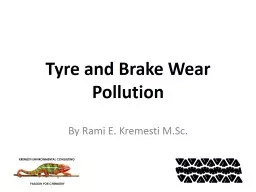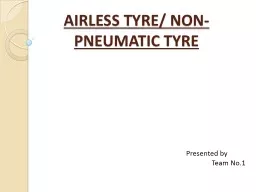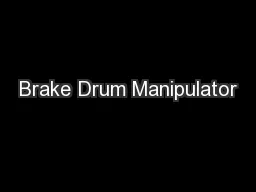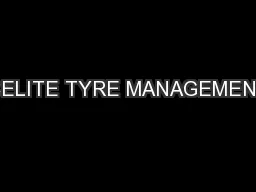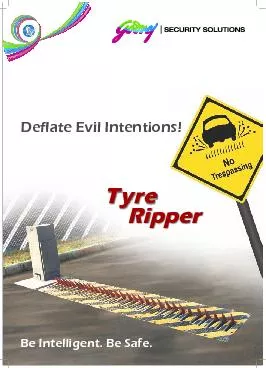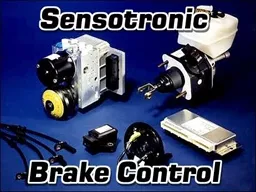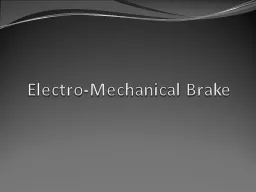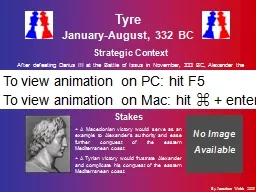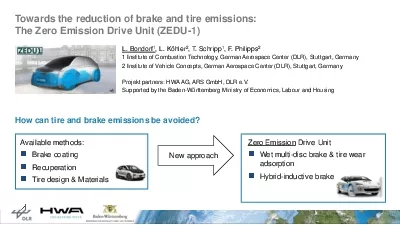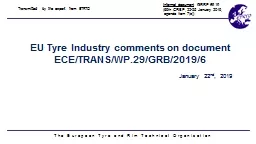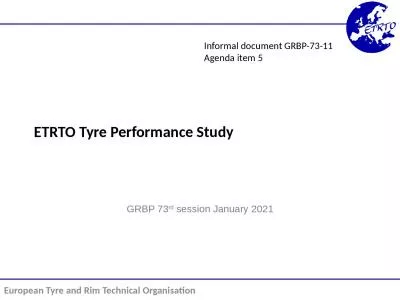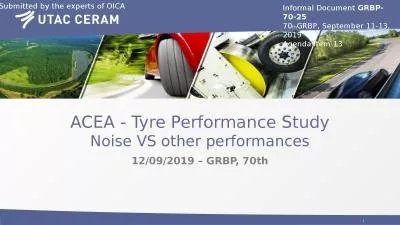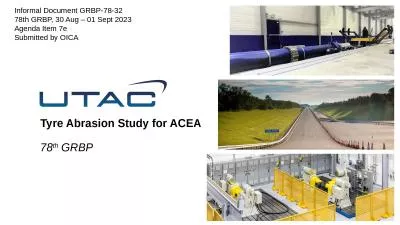PPT-Tyre and Brake Wear Pollution
Author : eatsyouc | Published Date : 2020-06-30
By Rami E Kremesti MSc The Statistics Every year the abrasion of motor vehicle tyres from some 280 million to 290 million US vehicle tires releases 4 times the
Presentation Embed Code
Download Presentation
Download Presentation The PPT/PDF document "Tyre and Brake Wear Pollution" is the property of its rightful owner. Permission is granted to download and print the materials on this website for personal, non-commercial use only, and to display it on your personal computer provided you do not modify the materials and that you retain all copyright notices contained in the materials. By downloading content from our website, you accept the terms of this agreement.
Tyre and Brake Wear Pollution: Transcript
Download Rules Of Document
"Tyre and Brake Wear Pollution"The content belongs to its owner. You may download and print it for personal use, without modification, and keep all copyright notices. By downloading, you agree to these terms.
Related Documents

